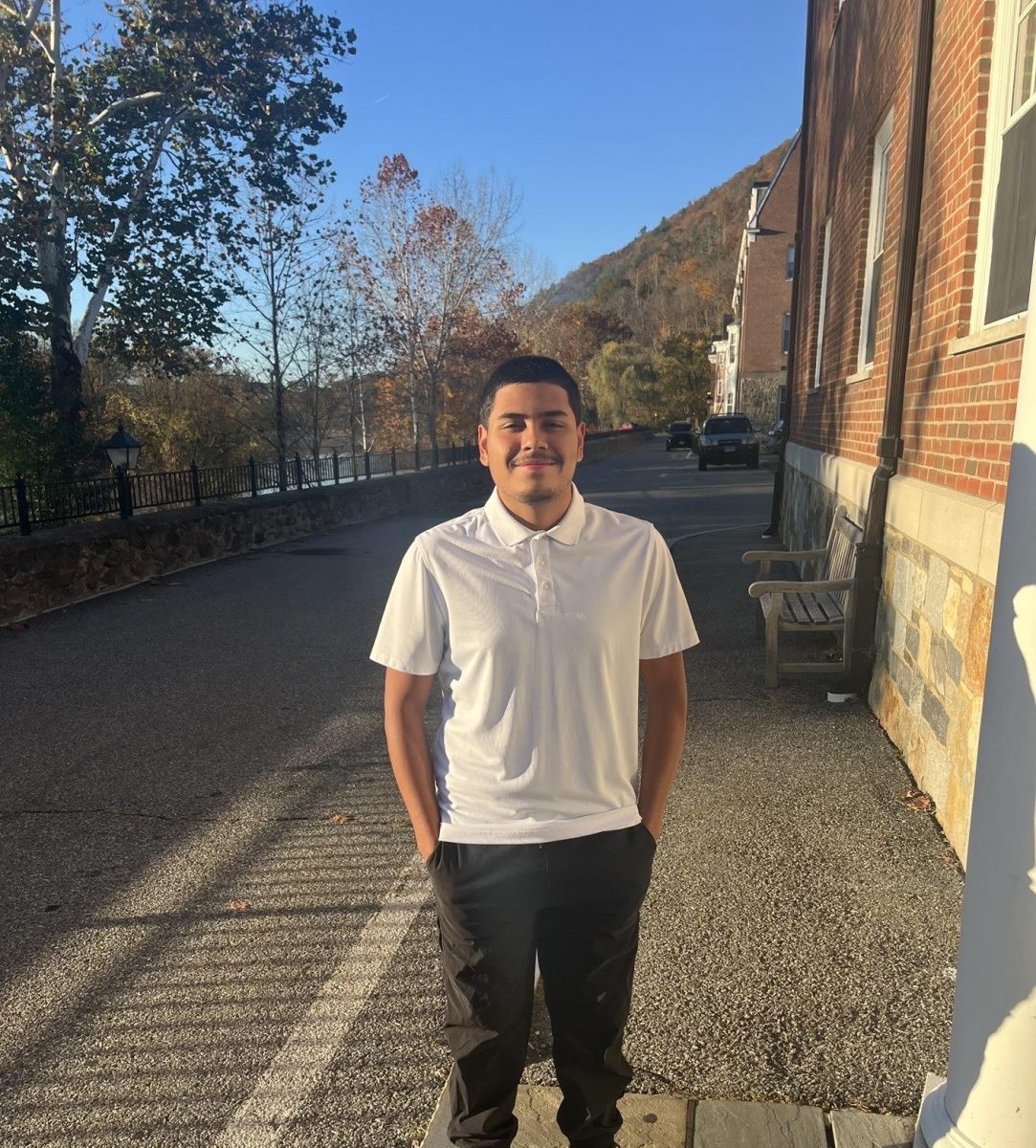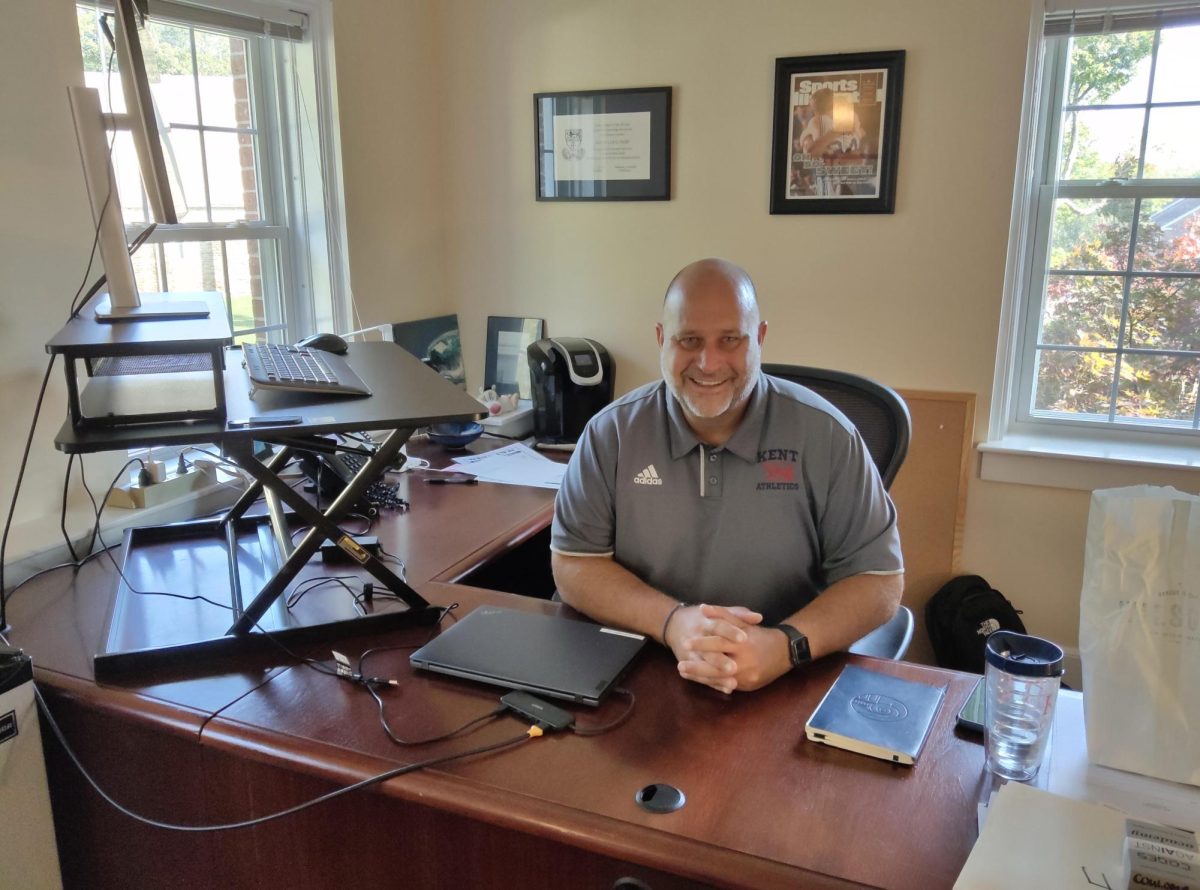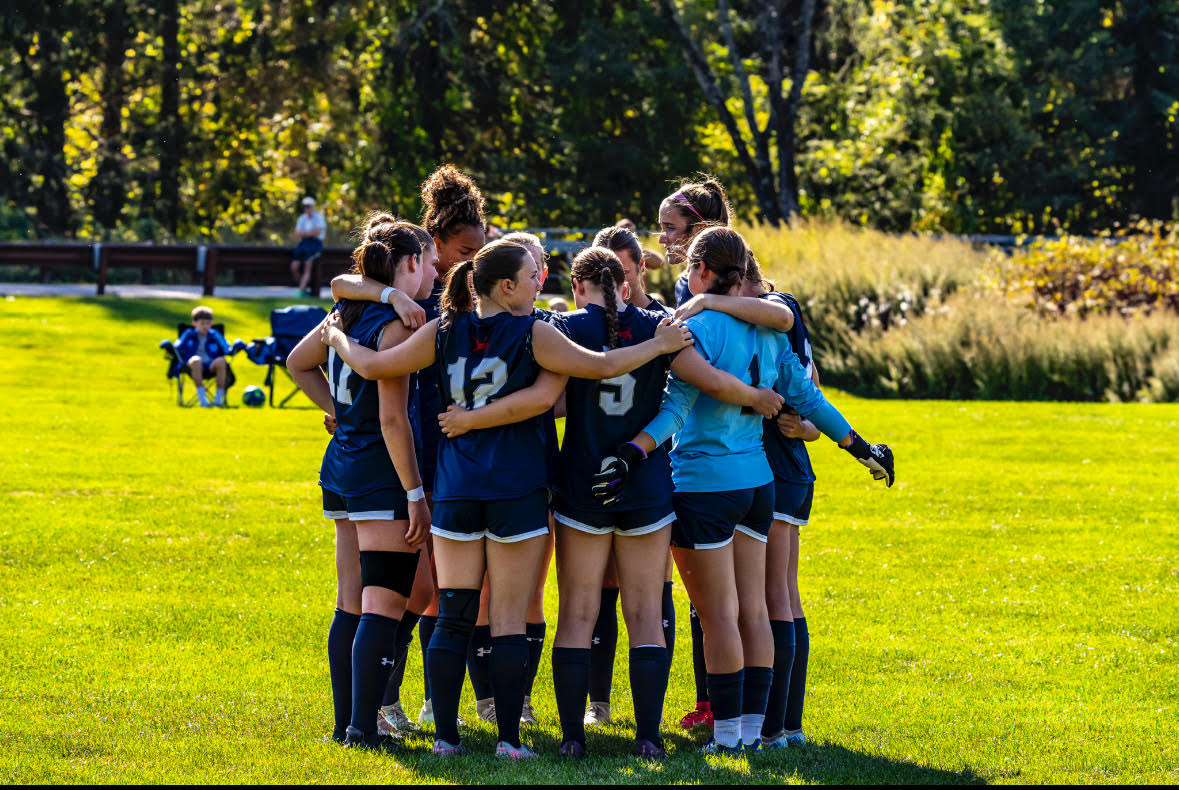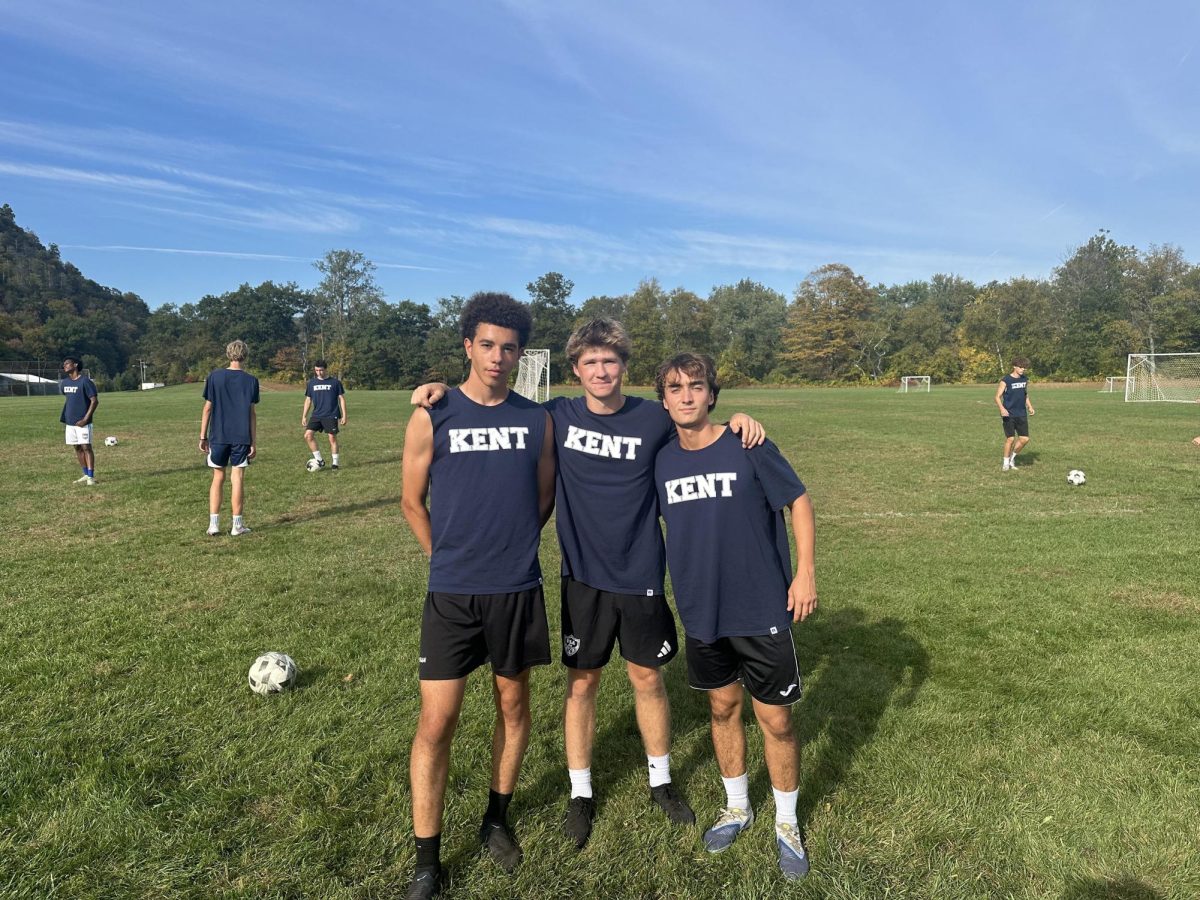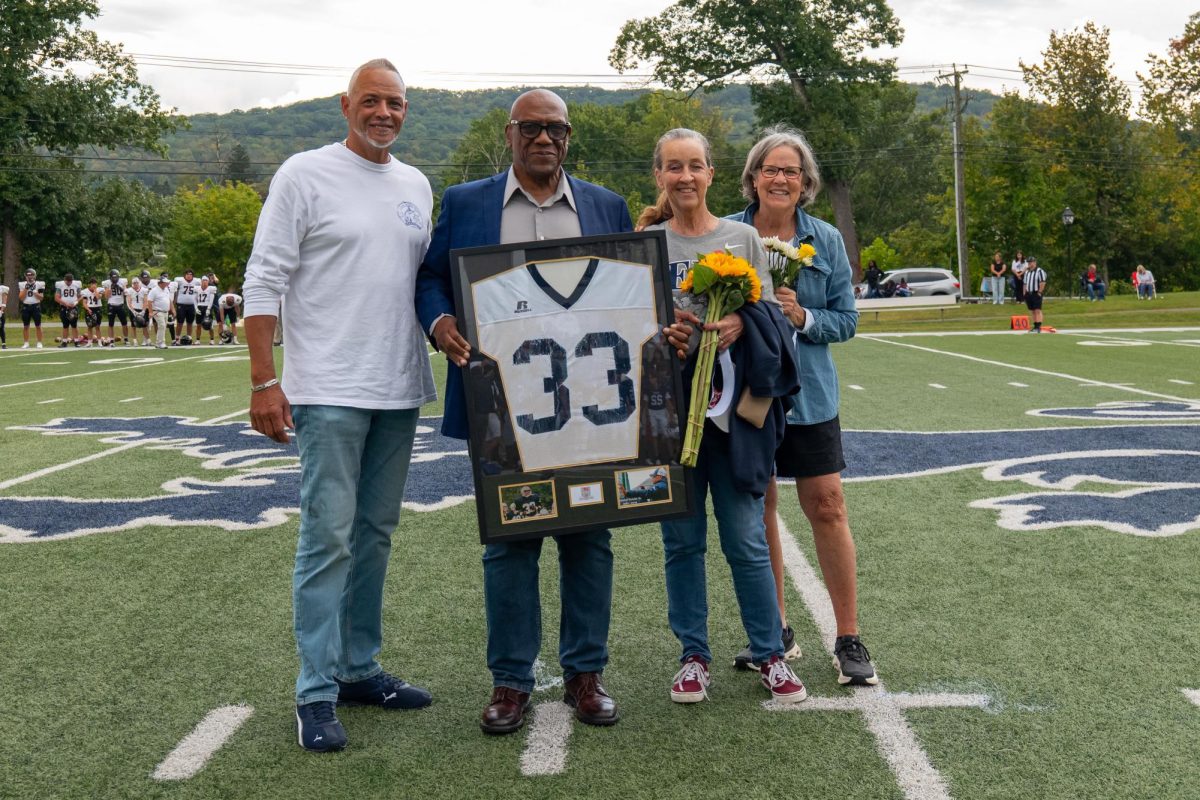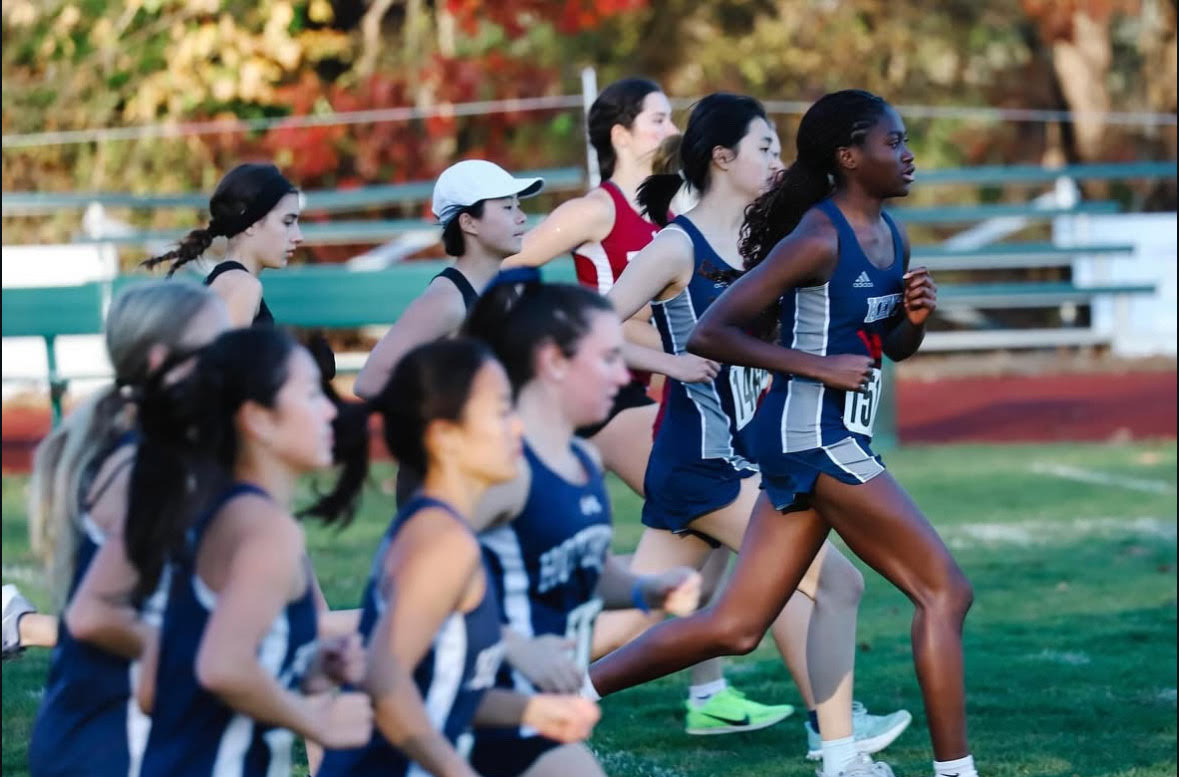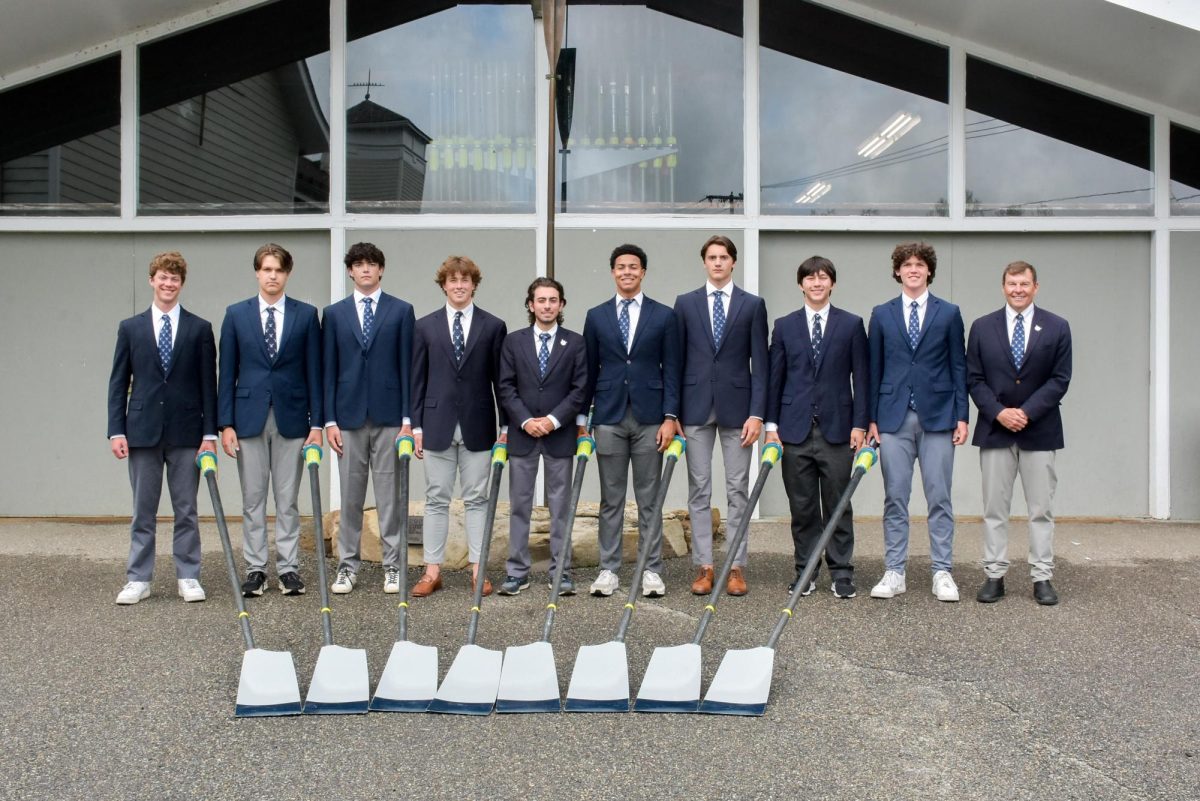Student athlete growth rarely follows a straight line. For some athletes, the journey to college demands an extra year to refine skills, recover from setbacks, or the opportunity to grow into the player and the person they hope to become. This is where the postgraduate program steps in, offering a unique bridge between high school and the university.
For Parker Winn, a golfer from Massachusetts, the decision to take on a PG year was about timing. He had started playing tournaments later than most recruits, his “junior summer”– normally the key period for college scouting – arriving only after an injury forced him to rethink his priorities. “I broke my arm pretty badly and had three surgeries,” he explained. “It didn’t really set me back, but it gave me time to think about what I wanted to do. I realized I needed another year to get serious about golf.” Kent offered exactly that: a strong academic program paired with one of Connecticut’s top courses and even a state-of-the-art golf simulator.
The environment mattered too. “The people here seemed more down to earth,” Parker said. “That’s a big reason I chose Kent over other schools.” His PG year has been about more than golf swings and tournament preparation. It has been a chance to lead, to provide experience to younger teammates, and to sharpen his focus before stepping onto a college roster.
For David Jimenez, a PG lacrosse player, the choice was equally deliberate. Coming off a successful career at his previous school, he knew an additional year could strengthen both his recruiting prospects and his readiness for the demands of college athletics. “It was a chance to slow down and really prepare,” he said. The adjustment wasn’t without challenges; blending into a new community while standing a year older than most peers can be daunting. But his goals remained clear. David has now stepped into leadership roles, both on the field and in the classroom, helping underclassmen navigate the same pressures he had once faced.
The PG year is about transformation. Athletically, it offers an edge over other competitors: more time for training, more opportunities to compete, and the maturity that comes from being placed into a leadership role. Academically, it helps students solidify study habits and independence. Socially, it forces them to adapt, to find their place in a community where they are simultaneously newcomers and role models.
This balance reflects Kent’s broader mission. PG athletes are asked to embrace humility, resilience, and patience in pursuit of their long term goals. They walk into college not just as stronger athletes, but as more grounded individuals.
What stands out in conversations with PGs is actually their gratitude. They recognize the gift of time, having one more year to refine and learn, and they use it well. Whether on the fairways, the lacrosse field, or any of Kent’s competitive arenas, PG athletes carry themselves with the awareness that they are building out their passions to the utmost extent, as we should all aim to do.
For Parker, David, and their peers, the PG year is not a delay from their futures, but a launchpad. It is proof that sometimes the bravest decision an athlete can make is to pause, to prepare, and to trust that growth takes its own time. All Kent students have much to learn from the PGs joining our campus.
PG Athlete Parker Winn


